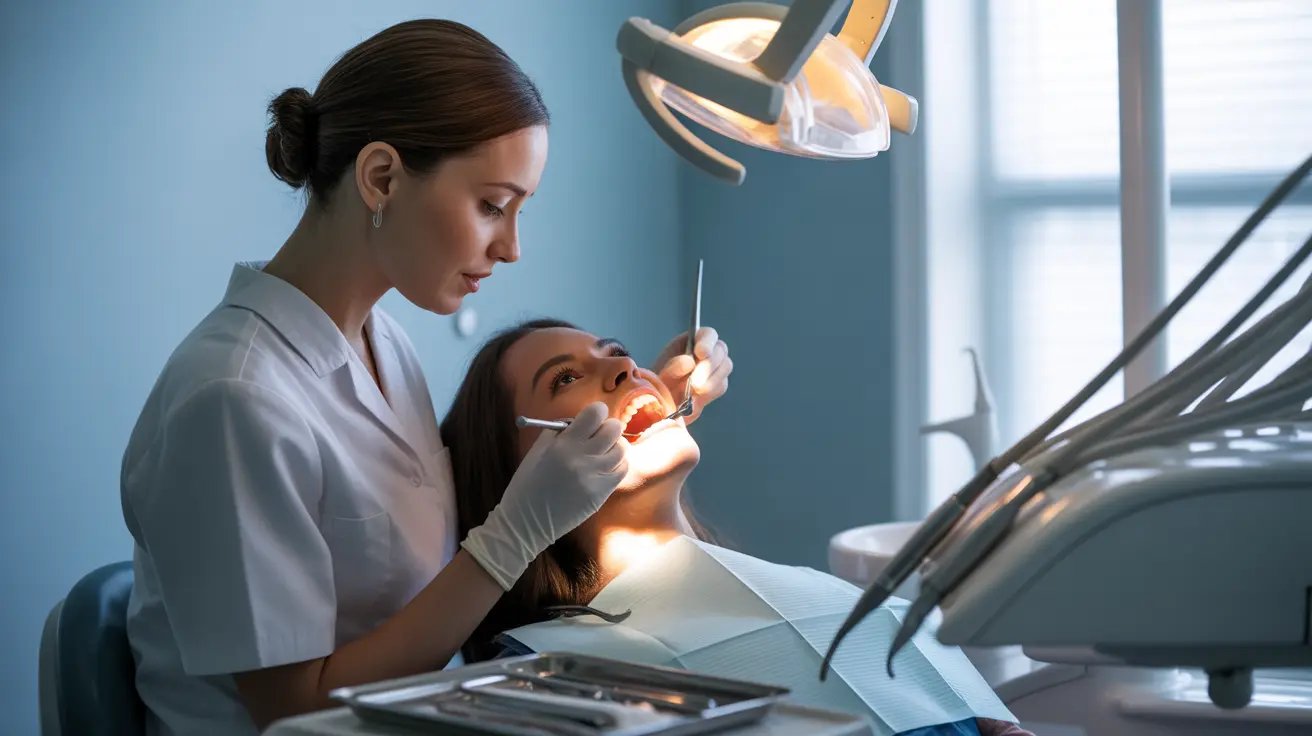When plaque builds up on your teeth and isn't removed through regular brushing and flossing, it can harden into tartar, a stubborn substance that requires professional attention. Understanding dental tartar removal is essential for maintaining optimal oral health and preventing serious dental issues like gum disease and tooth decay.
Professional dental tartar removal, performed by licensed dental professionals, is a crucial component of preventive dental care. This comprehensive guide will explain everything you need to know about tartar removal, from the procedure itself to aftercare and prevention strategies.
Understanding Dental Tartar Formation
Dental tartar, also known as dental calculus, forms when plaque accumulates on teeth and combines with minerals in your saliva. This process creates a hard, yellowish or brownish deposit that firmly adheres to tooth surfaces and cannot be removed through regular brushing alone.
Tartar typically develops in areas where plaque accumulation is common, such as:
- Near the gum line
- Between teeth
- Behind bottom front teeth
- Around dental work or appliances
The Professional Tartar Removal Process
Professional tartar removal is typically performed as part of a routine dental cleaning. During this procedure, dental professionals use specialized tools and techniques to safely eliminate tartar deposits both above and below the gum line.
Tools and Equipment
Dentists and dental hygienists use several specialized instruments for tartar removal:
- Scalers and curettes
- Ultrasonic devices
- Polishing tools
- Water irrigation systems
Steps of the Procedure
The tartar removal process follows a systematic approach:
- Examination of the mouth and teeth
- Removal of superficial stains and debris
- Scaling to remove tartar deposits
- Root planing (if necessary) for below-gum tartar
- Polishing of tooth surfaces
- Final rinse and assessment
Comfort and Safety During Treatment
While tartar removal may cause mild discomfort, dental professionals take several steps to ensure patient comfort. Local anesthetic may be offered for sensitive areas, and modern ultrasonic tools help minimize discomfort during the procedure.
Maintaining Oral Health After Tartar Removal
After professional tartar removal, maintaining good oral hygiene is crucial to prevent new tartar formation. This includes:
- Brushing twice daily with fluoride toothpaste
- Flossing at least once daily
- Using an antiseptic mouthwash
- Following your dentist's recommended cleaning schedule
Frequently Asked Questions
- What is dental tartar and why does it need to be professionally removed?
Dental tartar is hardened plaque that forms on teeth when bacteria, food particles, and minerals from saliva combine. Professional removal is necessary because tartar cannot be removed through regular brushing and can lead to gum disease and tooth decay if left untreated.
- How often should I get professional dental tartar removal to maintain healthy gums and teeth?
Most dental professionals recommend professional tartar removal every six months. However, some individuals may need more frequent cleanings, especially those prone to heavy tartar buildup or with existing periodontal issues.
- What procedures and tools do dentists use to remove tartar from above and below the gum line?
Dentists use specialized hand instruments called scalers and curettes, along with ultrasonic devices that use vibration and water spray to break up and remove tartar. For below-gum tartar, they may perform root planing to clean deeper pockets around teeth.
- Is tartar removal painful, and what should I expect during and after the cleaning process?
While tartar removal may cause mild discomfort, it shouldn't be painful. Dentists can provide local anesthetic if needed. After cleaning, you might experience temporary gum sensitivity and teeth may feel cleaner and smoother.
- How can I prevent tartar buildup between professional cleanings with home oral care?
Prevent tartar buildup by brushing twice daily with fluoride toothpaste, flossing daily, using an antiseptic mouthwash, and maintaining a healthy diet low in sugary foods. Electric toothbrushes and water flossers can also help prevent plaque from hardening into tartar.




